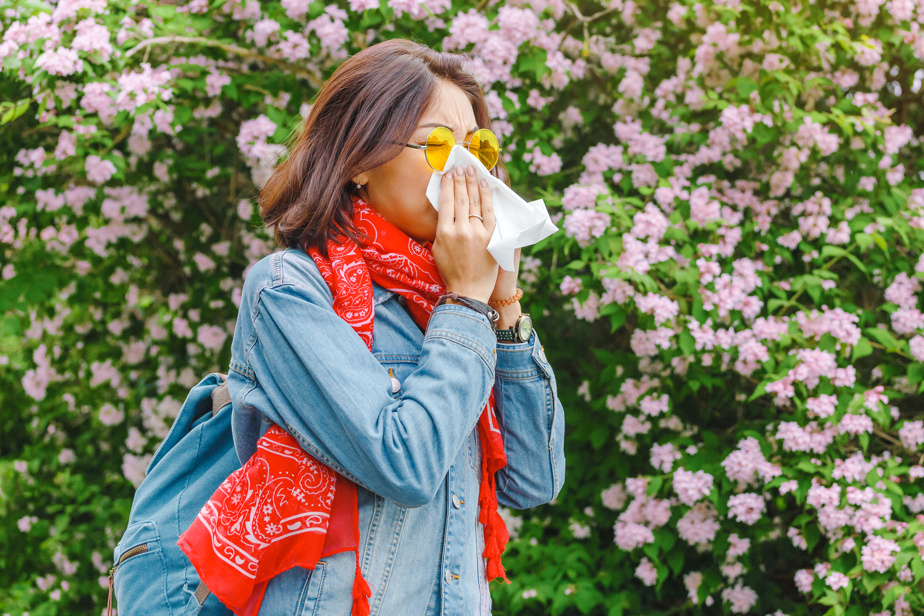For the past two years, rushing their toddler to the hospital has become the norm for Daniela Mora-Fisher and her husband.
“A cold becomes wheezing. A wheeze becomes a fit,” summarized Mme Mora Fisher.
Julian, now 3, has been suffering from respiratory distress since he was probably 18 months old, she said.
Mme Mora-Fisher, an internationally trained doctor who now works as a researcher at a Toronto doctor’s office, suspects a combination of allergies and viruses could trigger what could be asthma. Specialists at her local hospital have seen Julian in their asthma clinic, she said, but they must wait until he is old enough to do the necessary breath tests to confirm this.
Mme Mora-Fisher and her husband have done everything they can to reduce potential allergens, including moving out of an old house to try to get away from the mold and heavy bus traffic that she says could have pollute the air.
Allergies in children and adults have certainly increased in recent years, according to Dr. Susan Waserman, director of the allergy/clinical immunology department at McMaster University in Hamilton, Ont.
“We’ve seen this for decades,” she said. It’s eczema. It’s allergic rhinitis. It’s asthma. It’s a food allergy. That’s really all. »
Much of the rise in allergies and asthma “can be directly linked to climate change,” says Dr. Melissa Lem, a family physician in Vancouver and president of the Canadian Association of Physicians for the Environment (CAPE). ).
Research has shown that over the past few decades in North America, “the average pollen season has extended by about three weeks and now plants are shedding about 20% more pollen than before,” said Dr Lem.
This is consistent with data collected by Aerobiology, a Canadian company that monitors airborne allergens such as pollen and mold spores.
“We see a lot more pollen and higher concentrations of pollen in the air year after year,” Aerobiology spokesman Daniel Coates said.
“Pollen reacts to warm weather. The warmer the weather, the more pollen you will generally have in the air. So there seems to be a correlation between the amount of pollen we see in the air and the warmer weather we have due to climate change. »
Young children affected
Dr. Waserman testifies that she is seeing allergies in young children more than ever before.
“We used to think that pollen allergy didn’t show up until around the age of five. I see a lot of environmental allergies a few years earlier than that now,” she claimed.
“It’s a larger number of people and [les allergies] start earlier. »
Pollen isn’t the only allergy made worse by climate change, Dr. Lem pointed out.
” Flooding […] can lead to more mold in homes and more dampness and people with mold allergies can have more indoor allergies,” she explained.
“We also know that what is causing climate change is also increasing allergies. »
The pollution in question
Burning fossil fuels releases more inhalable particles into the air. In addition to directly irritating people’s respiratory systems, pollutants can trigger the release of immunoglobulin E, which is associated with allergic reactions in the body, Melissa Lem said.
Climate change is directly linked to an increasing number of wildfires in Canada, which is also contributing to the problem, she added.
Cecilia Sierra-Heredia, a researcher who studies environmental health and childhood allergies and asthma at Simon Fraser University, agrees.
“The assumption is that it’s a double exposure that kids grow up with,” she said.
“More pollen in the air, more particles, more pollution that inflames the airways and kind of primes their respiratory tissues and immune systems to develop allergies and asthma. »
The Canadian Press health content gets funding through a partnership with the Canadian Medical Association. The Canadian Press is solely responsible for editorial choices.
